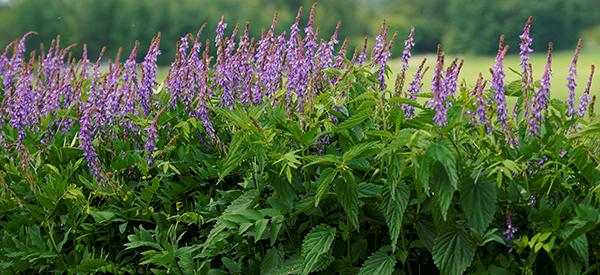
Skullcap
Skullcap (Scutellaria lateriflora), or American Skullcap, is a wildflower with blue, purple, or pink bloom. The outer whorl of its flower resembles a cap, helmet, or skull that gave the plant its name. This perennial plant often lines up along the roadsides, woods, and meadows. Its green leaves and tiny flowers make the skullcap a wonderful addition to landscapes and gardens. But more than its dainty look, the plant is also valued in traditional medicine. For almost two centuries, skullcap was used in treating psychological and neurological disorders, epilepsy, anxiety, and tension.
Scutellaria lateriflora is also considered a treatment for rabies, earning it its mad-dog skullcap name. The herb is quite expensive and is still popular for its restorative property for which it is taken as a tonic for the nerve.
Skullcap was traditionally used as a sedative and nerve tonic in North America. Some tribes used the plant in promoting menstruation in girls. Skullcap plant was made into a tea and used for relieving anxiety.
Since the early 1700s, locals were already using the plant for alleviating hydrophobia or rabies because of its relaxing effect. Although there is a little scientific study to back the claims, modern herbalists are convinced of its sedative, antispasmodic and nervine properties.
Where The Plant Is Found
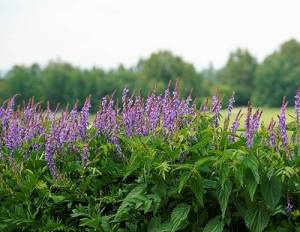 Skullcap grows abundantly in the wild, mostly in marshes, riverbanks, and other wetlands. In the US, it is left to thrive in its natural habitat and is harvested for commercial use. But outside the US, it is cultivated by small growers and imported to the country for manufacturing. Skullcap can also be found in Europe, Asia, Canada, and the northern areas of the Northern hemisphere.
Skullcap grows abundantly in the wild, mostly in marshes, riverbanks, and other wetlands. In the US, it is left to thrive in its natural habitat and is harvested for commercial use. But outside the US, it is cultivated by small growers and imported to the country for manufacturing. Skullcap can also be found in Europe, Asia, Canada, and the northern areas of the Northern hemisphere.
Related: The Complete Map of Edible Plants: Find Out What You Have in Your Area! (Video)
How To Identify Skullcap
Skullcap has distinguishing violet, blue, or pink tube-like flowers that look like a helmet. It is something that folklores describe as a flower used by fairies to cover their heads. The genus lateriflora means “flowering on the side” as the plant bears its bloom in a one-sided cluster.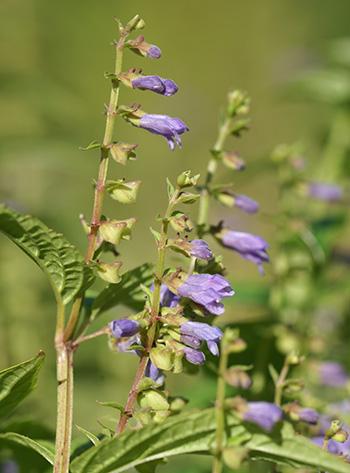
- Leaves. Skullcap is a member of the Lamiaceae or mint family that carries a serrated leaf characteristic. The leaves are paired appearing in the node at the stem. It is symmetrical heart-shaped with a rounded base and a distinct leaf stalk. Skullcap leaves are about 30 to 80 cm long and 15 to 50 mm wide.
- Flower. The skullcap flower has petals fused at the base like a tube with the calyx forming a miniature helmet of the European soldiers. Depending on the variety, skullcap flowers are either blue to purple, pink to red, or white. Its petals are delicate with a white splotched center that extends to its throat. Tiny specks of hair cover the skullcap flower.
- Roots. Skullcap has fibrous taproots with long and shallow, thread-like underground stems.
- Seeds. The calyx of the skullcap will swell into a capsule that contains about 2 to 4 tiny brown seeds. The seeds are ellipsoidal, yellowish or greenish to light brown, and about 0.3 to 1.3 mm in diameter.
- Stem. Skullcaps will have erect or sometimes reclining square stems. It grows single or multiple from the base and grows to about 30 to 70 cm tall. The stem is branching and covered with tiny hairs mostly found on the edges of its angle.
There are around 300 species in the genus Scutellaria with S. lateriflora as the widely occurring species in North America. It is often identified with the Scutellaria baicalensis or Chinese skullcap. Although these plants are related, they treat different conditions and should not be interchanged with one another.
Related: Plant Identification Guide – 400 Wild Plants That You Can Forage For (Video)
Other notable species of the Skullcap with a limited range of distribution include:
- Scutellaria integrifolia or hyssop skullcap
- Scutellaria elliptica or hairy skullcap
- Scutellaria ovata or heart-leaved skullcap
How To Grow Skullcap
The purple hooded flowers of the skullcap will fill the garden from spring until fall. Some people grow skullcaps more for their decorative value and dainty aesthetic purpose. In the meadows, these wildflowers are allowed to flourish for their commercial worth.
Skullcap is easily propagated through seeds or cuttings. They prefer moist soil that is occasionally dry and with the benefit of the full sun. Skullcaps fare better in USDA hardiness zone 6 to 9. They are ideal for planting in native and pollinator gardens where they can attract bees, insects, songbirds, and other pollinators.
Growing Skullcap from Seeds
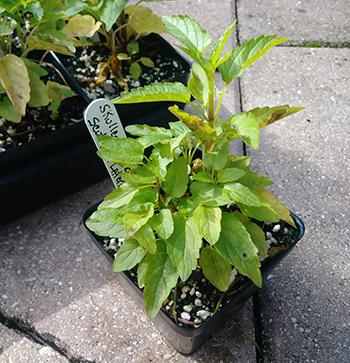 Skullcap seeds are available in many online stores and seed supplies. They are best started indoors during the late spring and need to undergo a stratification process before sowing.
Skullcap seeds are available in many online stores and seed supplies. They are best started indoors during the late spring and need to undergo a stratification process before sowing.
Start by stratifying the skullcap seeds in the refrigerator for about a week. You can put them in a sealed bag with sand, a moist paper towel, or vermiculite. It needs to be only slightly moistened to prevent the seeds from growing molds.
After a week, tamp the seeds in soil or a sterilized seed mix. Water it regularly just enough to moisten the soil without it getting soggy. Place the container in a warm place until the seeds germinate for about a couple of weeks.
Skullcap seedlings will flourish if you use a weak fertilizer until they are about 2 inches tall. It means watering the skullcap with 1 part fertilizer to 6 parts water. You can then transplant the seedlings in the garden or container with well-draining soil and plenty of organic matter in a spotted shade.
Growing Skullcap from Plant and Root Divisions
A healthy skullcap plant growing in the meadow will also grow into a new plant. Select a mature plant that is already sprouting new growth in its base. You can transplant it in early spring to ensure successful growth.
You may separate the new growth with the roots by cutting the plant with a spade or trowel. Or you may also dig up the entire plant and separate skullcap new growth by pulling them apart. Put the newly separated plant in a bucket with shallow water to keep the roots moist.
Plant the newly divided plant in the soil deep enough to accommodate its roots but do not bury the foliage. The ideal space between the plant is 6 to 12 inches apart.
Related: 10 Plants That You Should Never Plant Together (Video)
Plant Care and Maintenance
Skullcap is a low-maintenance plant that prefers partial sun to full shade. But under the full sun, they will produce numerous blooms and boost their flower production. They also need moist but well-draining soil to thrive abundantly. Skullcap also grows best in slightly acidic soil with a pH level between 6.2 to 7.
The skullcap plant is drought tolerant once the plant is already established. A weak fertilizer solution for seedlings is recommended but may not be necessary unless you want to boost its bloom stage. Regular irrigation will also help in its flower development if grown in drier climates.
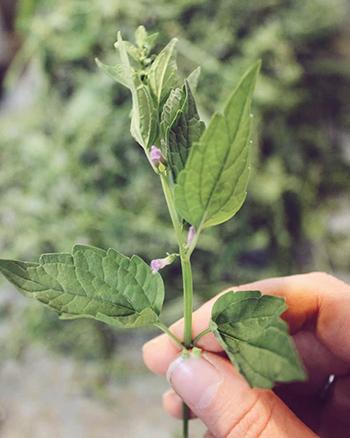
How To Harvest Skullcap
The skullcap is ready for harvest once it is in its full bloom. Cut off the aerial parts of the plants, both leaves, and flowers, about 3 inches above the ground.
You can use the harvested skullcap fresh or dried, depending on your preference.
If you want to store skullcap for future use, leave the harvest in a dark and dry place.
You may also use a dehydrator or oven to dry them completely.
Cut the dried leaves, put them in a labeled container, and store them in a cool and dry area.
Related: People Weed Out These Plants, But Here’s What You Should Do Instead (Video)
What Skullcap Is Good For And Natural Remedies Made From It
The American Skullcap has a wide variety of medicinal uses. Its restorative property makes it an excellent herb for the treatment of nervous and psychological problems. It is used by people who are trying to withdraw from addictive drugs because of its capability of reducing withdrawal symptoms.
Skullcap possesses antispasmodic and sedative properties making them useful for treating anxiety and insomnia. For centuries, skullcap tea was used for treating mild depression and helping in improving mood disorders. Human trials for skullcap yield favorable results in the enhancement of mood without the reduction in energy and cognition.
Its antispasmodic property further helps in the treatment of muscular spasms. It can alleviate muscular cramps that will prevent the recurrence of epilepsy and convulsion. Among the notable action of the skullcap is also its effectiveness in treating fever and hiccups.
Traditionally, the skullcap was used by elders as an emmenagogue. It will hasten the menstrual cycle of young girls and bring them into womanhood.
This mild relaxant also brings hope in the treatment of the following illnesses:
- Gastroparesis
- Alcoholism and addiction
- Epilepsy and convulsion
 Bedwetting
Bedwetting- Anxiety and depression
- ADHD
- Phobias (hydrophobia, agoraphobia, aerophobia, etc.)
- Premenstrual syndrome
- Insomnia
- Schizophrenia
- Other neurological disorders (Alzheimer’s disease, Parkinson’s disease, etc.)
What Parts Of the Skullcap Are Used For Remedies?
The whole skullcap plant is useful in making teas and infusions. The fresh or dried form of its leaves and roots are used for alleviating various diseases and disorders.
Skullcap is also commercially manufactured as an ingredient for herbal supplements. It is available in an essential oil that is mostly used for calming the nervous system. A mother tincture of the skullcap is diluted in water for easing stress and promoting sleep.
Skullcap also comes in powders, capsules, or tablets with standardized dosage. These are consumed largely for the treatment of seizures and other neurological problems.
Some salves, lotions, and other cosmetic products may also use skullcap essential oil or infusion in their products.
Calming Skullcap Tea
Ingredients:
- 1 tbsp dried American Skullcap
- 2 cups boiling water
- Honey, if preferred
Steps:
- Put the dried leaves and flowers of the skullcap in a teabag.

- Boil water and pour about two cups into a teapot.

- Allow the skullcap tea to steep for 10 minutes.

- Add honey to the skullcap tea according to taste.

*** If loose teabag is not available, you may add the herb directly into the boiling water. Let the skullcap tea steep before straining the contents.
How to Use this Remedy:
Skullcap tea has a therapeutic effect and may result in drowsiness and is best taken before bedtime. The adult dose of the skullcap tea is one cup three times a day for 7 days.
If taking pill supplements, the dosage ranges from 1 to 2 grams per day or about 11.6 to 23.25 mg/kg per day.
Related: 1 Cup Before Bed Shrinks Belly Fat All Night (Video)
What Plants Resemble Skullcap
| Feature | Skullcap (Scutellaria lateriflora) | Spotted Deadnettle (Lamium maculatum) | Devil’s Helmet (Aconitum lycoctonum) |
|---|---|---|---|
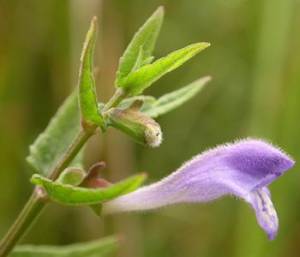 | 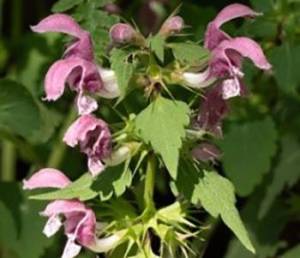 | 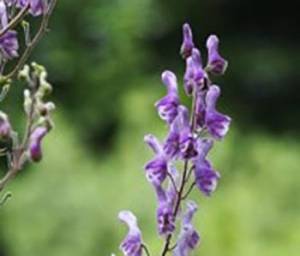 | |
| Size | 30 to 70 cm tall | 15 to 31 cm high; 61 cm wide | 91 cm to 121 cm |
| Leaves | Symmetrical heart-shape with rounded base; serrated; paired | Oval or heart-shaped with spots; finely-haired | Elliptical; serrated; alternate; dark green |
| Flowers | Tube-like and lipped; with a helmet or cap-like appearance; blue to purple/pink to red; haired | Helmet-shaped upper lip flower; pink or purple; a streak of white in the lower lip | Helmet-like and lipped; blue/ purple/white/ blue-purple |
| Stem/Trunk | Square-stemmed; maybe erect or reclining; single or multiple growths; branching; finely-haired | Square; hollow; trailing; branching at the stem | Stiff; erect; unbranched; leafy |
| Scent | No characteristic smell | Unpleasant smell | No significant scent; poisonous plant |
Warnings And Cautions
Skullcap is a relaxant and sedative that can trigger side effects. High doses of this herb may cause drowsiness, confusion, and irregular heartbeat. In low dosage, a skullcap can cure seizures but the higher dose can only worsen the condition.
The skullcap herb is an emmenagogue that can cause miscarriage and is therefore not safe for pregnant women. Breastfeeding women should not also take this herb supplement.
Studies reveal that skullcap, in combination with other herbs may cause liver damage. Liver injury is also associated with its large dose and long-term use.
Its action can interact with medication so, avoid this herb when taking maintenance drugs. Patients taking medication for diabetes should avoid skullcap as it can further reduce the blood sugar level.
Herbal remedies are a time-honored approach to treating various illnesses. But it can also initiate unpleasant side effects and interact with medication and other herbs. Before taking any herbal food supplement, talk to your healthcare provider for dosage and use them with caution.
There’s no doubt that skullcap is a phenomenal medicinal herb with an impressive array of beneficial properties. If you would like to give it a try, you can find Chinese skullcap in the Eastern Blend Tincture.
You may also like:
 How to Make Your Own Liquid Xanax
How to Make Your Own Liquid Xanax
10 Spring Medicinal Plants My Grandmother Grew in Her Backyard (Video)
Foods And Herbs That Increase Libido and Others That Kill It








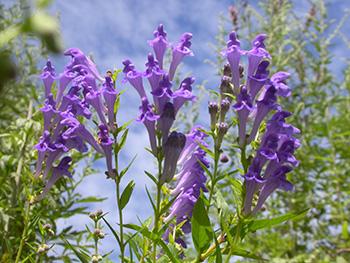 Bedwetting
Bedwetting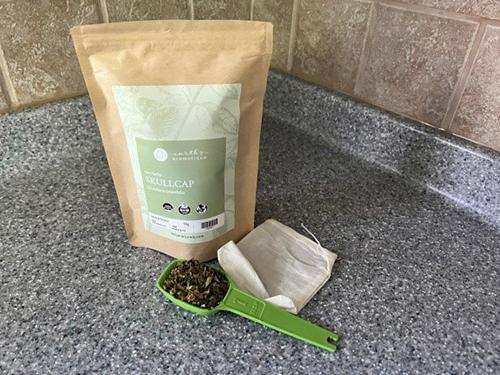
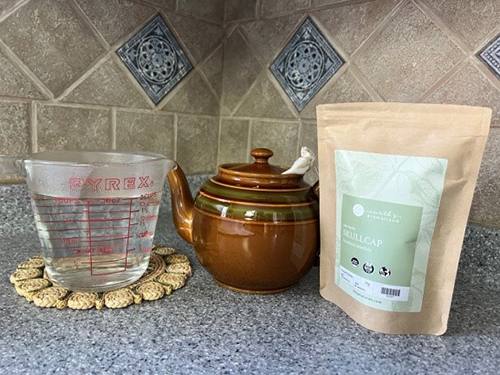
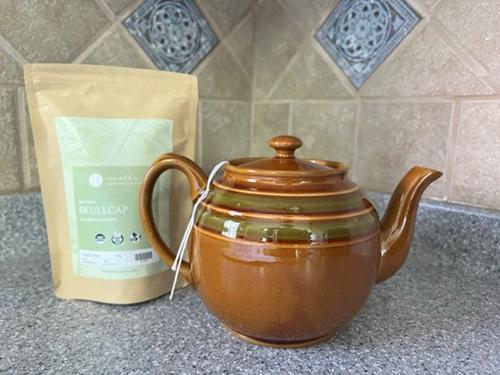
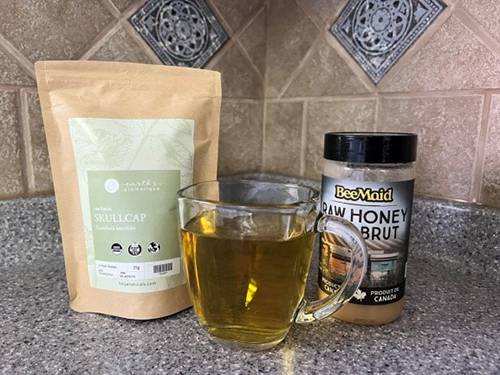
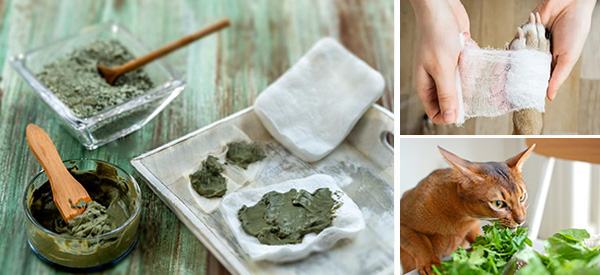
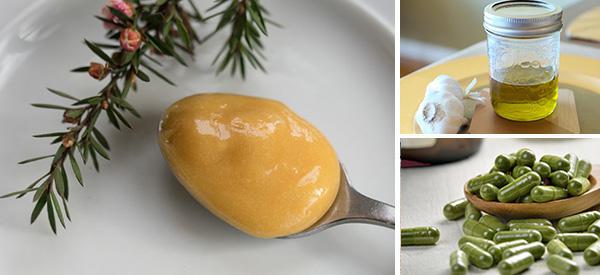
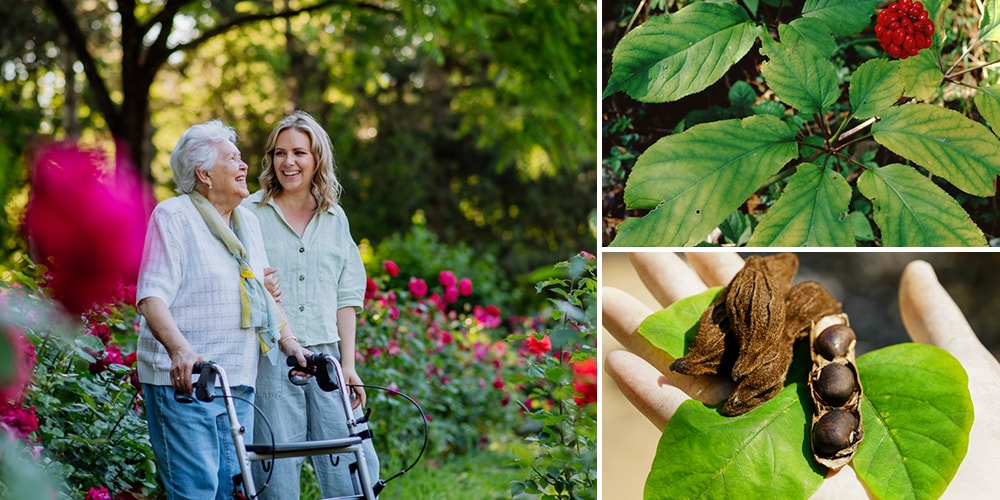
I think that skullcap is the active ingredient in the American supplement, Baicalein. In Japan it is called Kampo medicine.
Wow, this is good to know as i make sleep oil as well as tea.
This wiki page explains the chemical structure.
https://en.wikipedia.org/wiki/Baicalein
I would love to make a massage oil from Skullcap. I think it would have a transdermal effect. I know CBD massage oil is very expensive and this might be a great alternative. How would I go about infusing the oil? Would Grape seed or coconut oil be a good choice?
I used grape seed oil a long time ago and at first it was good but soon all my clothes smelled strongly like rancid oil. Apparently it goes rancid easily. It took a few washes to get the smell out. I would try coconut oil.
i live in canada i would like to purchase an organic bag of skullcap
I have been using Ameican skullcap for years to help with anxiety and insomnia, so far, I have been able to stay off prescription antidepressants, but still need Ambien to go to sleep
“American Skullcap”? Latin name, please!!!
sculletaria lateriflora
I made a tincture of it, and used it in my late morning coffee… had a nice long nap about an hour later! lol. It tasted very FLORAL to me. I think I might use it during those nights when I wake up in the wee hours and can’t get back to sleep.
Question: Is skullcap addictive?
absolutely not
Thanks
The plant that grows in Newfoundland is called common scullcap scutellaria epilobiifolia. Would it be interchangeable?
I don’t think so.. they have different properties